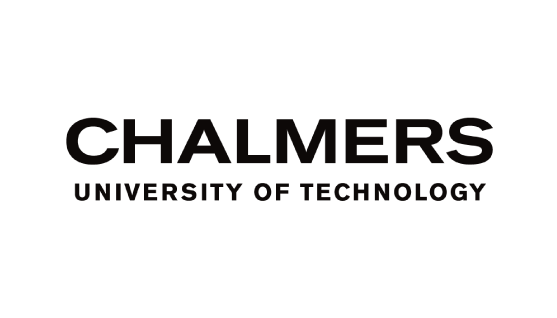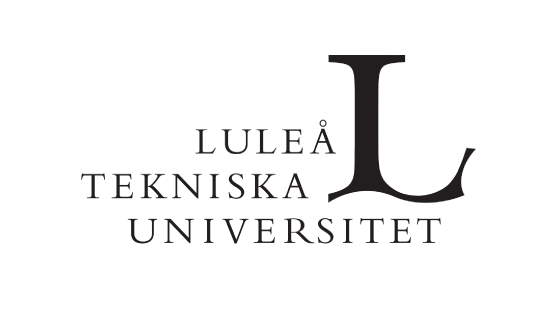This learning area enables you to drive digital production through Additive Manufacturing.
Additive manufacturing (AM) technology is widely acknowledged to be revolutionary. In the short-term, AM will alter the manufacturing and logistics landscape and on a long-term scale, it will have a significant impact towards attaining our common climate goals, by reducing the weight of components and providing novel near-net-shape manufacturing.
Technological advances in high-power robust energy sources, improvements in data handling and automation during the last two decades, have resulted in the significant advance of AM technology, transforming it from a method for rapid prototyping into a high-tech production technology for advanced high-quality components.


